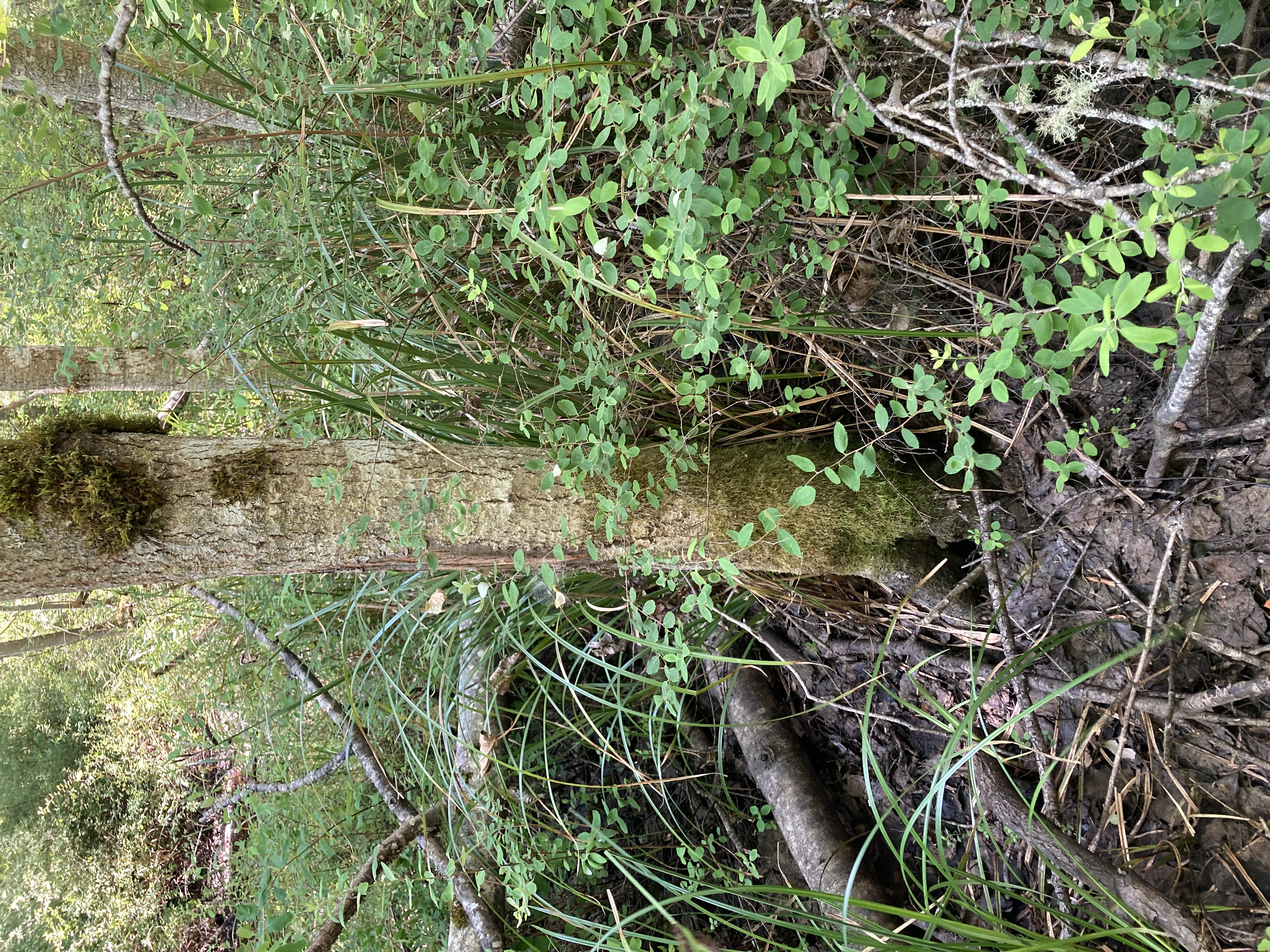
Did you know that May is American Wetlands Month?
As we celebrate Washington's wetlands, join us in learning more about these important places and the ways they help make our lives better and richer by cleaning our waters, protecting us from floods, and providing places for a host of important fish and wildlife species.
Wetlands are commonly called swamps, marshes, and bogs—these are general terms often referenced in laws and regulations. But, what are swamps, marshes, and bogs?
Swamps
Swamps are wetlands containing woody plants like trees and shrubs. Forest and shrub swamps are important habitats, especially in the spring when many of them have water some wildlife depend on during the early part of the year. Aspen swamp
Swamps can occur along rivers, where the trees and shrubs help slow down and store floodwaters. They also play a big role in helping clean up the water flowing through the wetland. And they provide organic matter that supports many critters and is essential to the growth and survival of salmon. The organic matter that doesn’t get eaten ends up stored in swamps as soil carbon—in fact, we have tidal swamps on our coasts that store as much carbon as tropical mangroves!
Many tidal swamps were lost to historic land conversion and they’re currently rare in the state, but efforts are underway to restore these valuable ecosystems on Washington’s coasts.
Marshes
Common camas
These wetlands provide important habitat for many wetland species, including secretive wetland birds, endangered frogs, small mammals, and colorful fish. Marshes host many plant species important to many Tribes in Washington who use them for food, fiber, and shelter. Marsh plants are excellent for improving water quality while coastal marshes also protect properties and forests from sea level rise and flooding.
Bogs
A patterned fen in Bunchgrass Meadows
Bogs and fens are among the most important kinds of wetlands for storing carbon.
They also support biodiversity by hosting many rare plant and animal species. And they are very sensitive to disturbance. Even slight changes in water or nutrients can disturb plant communities and release carbon.
Now that you know what some common wetland terms mean, join us next week to learn about different types of wetlands you can find in Washington.


